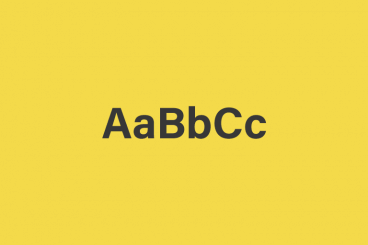
Nothing brings you closer to the functionality of the final product than prototyping. While wireframes sketch out the blueprint and mockups show the feel and texture of the design, it is the prototype that brings to life the “experience” behind “user experience.” That beautiful call-to-action may look great on the screen, but you won’t know if it works on end users until the clickable prototype. Not only do prototypes help provide proof of concept, they more importantly expose any usability flaws behind the wireframes and mockups.
So how do we actually put into the practice this safeguard against emergency stakeholder meetings, endless revisions, and painful late nights in the development phase? While we previously touched upon proper prototyping in the Guide to UX Design Process & Documentation, let’s dive deeper into how prototyping can make or break a product’s success. In this piece, we’ll begin by looking at the most compelling reasons to prototype and how prototypes improve collaboration, design, and usability testing.


